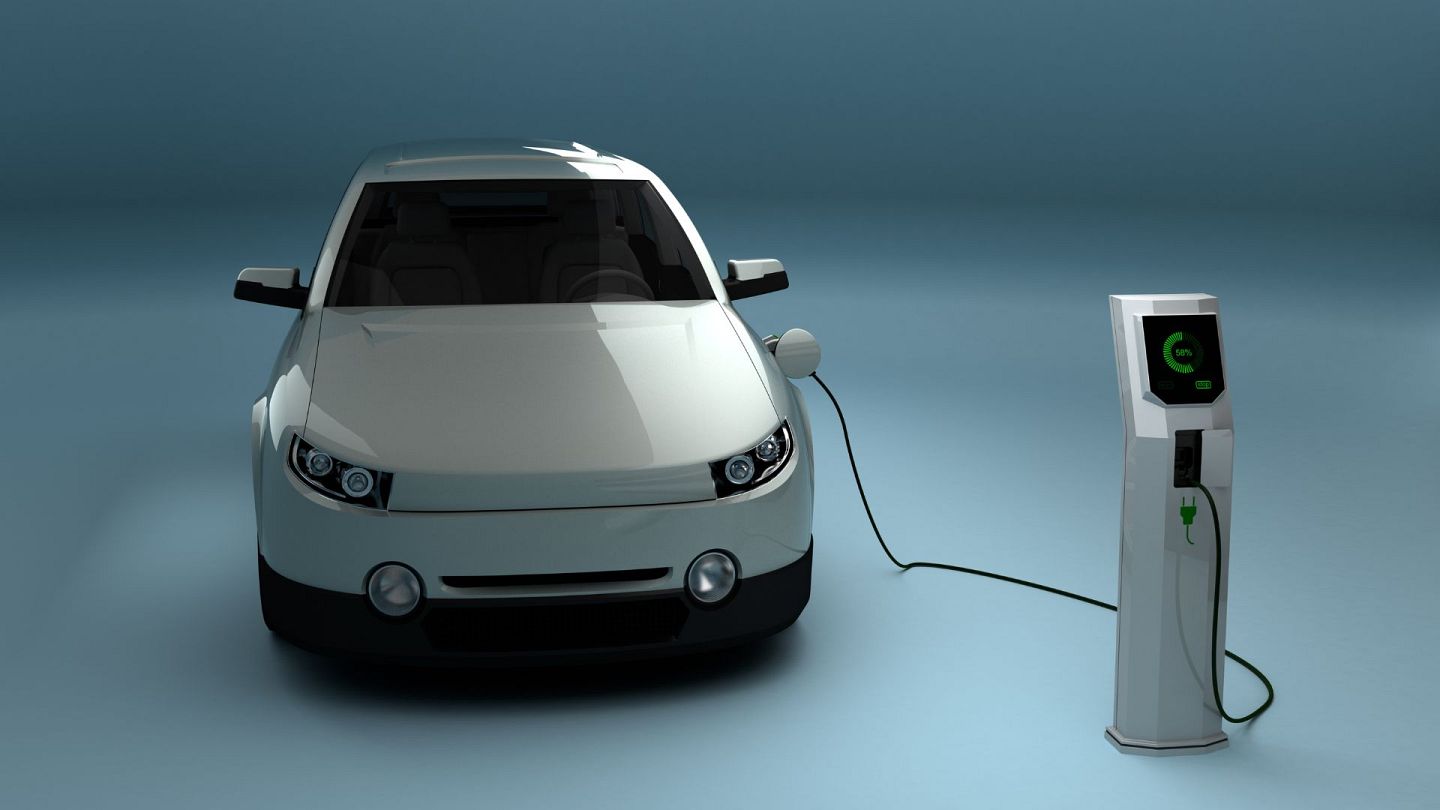Biao Teng GM: Insights & Trends
Explore the latest insights and trends in general news and information.
Charged Up and Ready to Roll: The Joyride of Electric Cars
Rev up your ride! Discover the thrill of electric cars and why they’re taking the road by storm in Charged Up and Ready to Roll.
Top 5 Reasons Why Electric Cars Are the Future of Transportation
As we progress into the 21st century, it's becoming increasingly clear that electric cars are revolutionizing the way we think about transportation. One of the top reasons for this shift is the growing concern over climate change. Electric vehicles (EVs) produce zero tailpipe emissions, significantly reducing greenhouse gases compared to their gasoline counterparts. This shift is not only beneficial for the environment but also aligns with global efforts to combat air pollution in urban areas, making electric cars a pivotal solution for sustainable transportation.
Another critical reason why electric cars are the future of transportation is their cost-effectiveness in the long run. While the initial purchase price of EVs can be higher than traditional vehicles, the savings on fuel and reduced maintenance costs make them a more economical choice over time. Furthermore, advancements in battery technology are continuously driving down costs, making electric cars increasingly accessible to the average consumer. As infrastructure for charging stations expands and technology continues to improve, it's clear that the future of transport lies in electric mobility.

How Do Electric Cars Work? A Beginner's Guide
Electric cars are powered by electric motors, which use electricity stored in batteries to drive the vehicle. Unlike traditional gasoline engines that rely on internal combustion, electric cars operate more efficiently and produce no tailpipe emissions. The key components of an electric car include the battery pack, electric motor, and regenerative braking system. The battery pack stores energy and can be recharged using a standard electrical outlet or dedicated charging stations. This energy powers the electric motor, which converts electrical energy into mechanical energy to propel the car forward.
One of the most fascinating aspects of electric cars is their regenerative braking system. This technology allows the vehicle to recover energy that would otherwise be lost during braking. When the driver applies the brakes, the electric motor reverses its role, acting as a generator to convert kinetic energy back into electrical energy, which is then stored in the battery pack. This process not only enhances the efficiency of the vehicle but also extends the driving range. By understanding the basic components and principles of how electric cars work, beginners can appreciate the advantages of this innovative technology.
Are Electric Cars Really Environmentally Friendly? Here's What You Need to Know
As the world increasingly shifts towards sustainable energy solutions, the question arises: Are electric cars really environmentally friendly? While electric vehicles (EVs) produce zero tailpipe emissions, it's crucial to examine the entire lifecycle of these cars. The production of EVs, particularly their batteries, involves significant environmental impacts. Mining for lithium, cobalt, and nickel can result in habitat destruction and pollution. Furthermore, the actual electricity source used to charge these vehicles plays a pivotal role. If charged from fossil fuel-based power plants, the environmental benefits of driving an EV can be considerably diminished.
On the positive side, when powered by renewable energy, electric cars can significantly reduce carbon emissions compared to traditional gasoline vehicles. Several studies suggest that over time, the overall emissions from EVs, including manufacturing, operation, and disposal, can be lower than their internal combustion engine counterparts. What you need to know is that making informed decisions about energy sources, battery recycling, and understanding the full lifecycle impacts can help consumers mitigate the environmental footprint of electric vehicles. Ultimately, while EVs are a step in the right direction, they are not a panacea for environmental issues and require a holistic approach to truly benefit the planet.